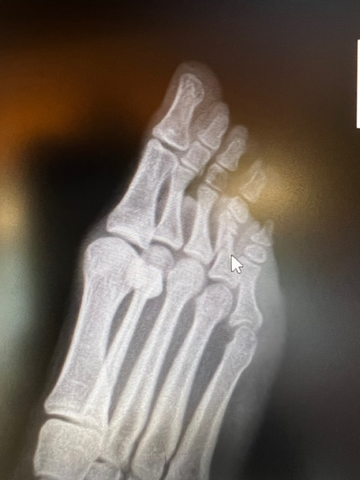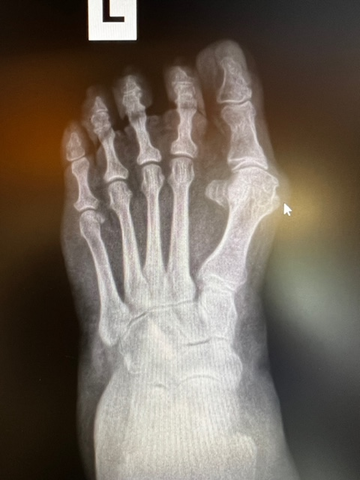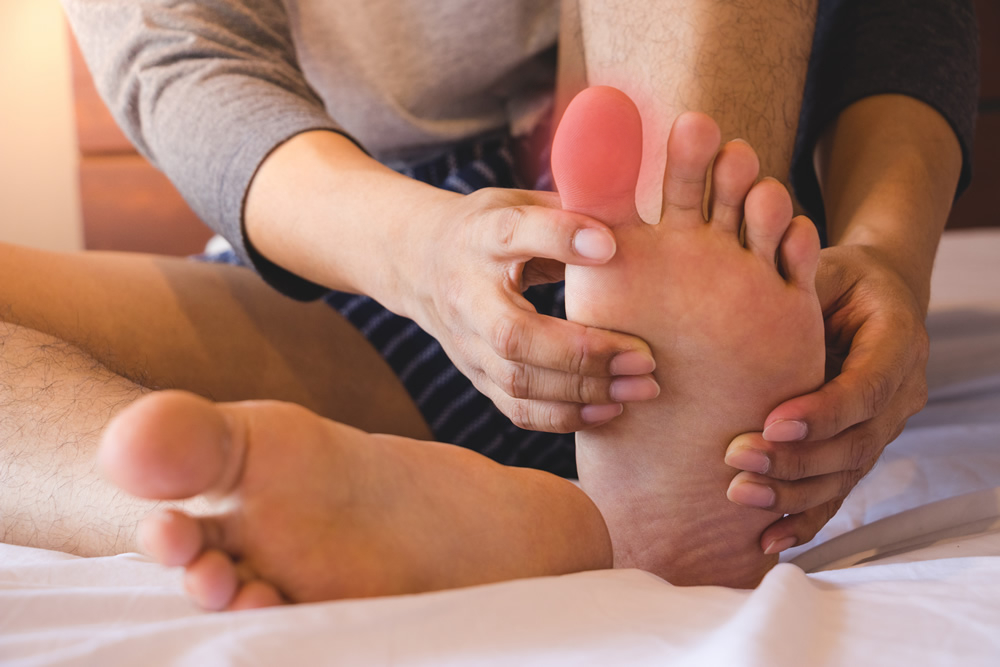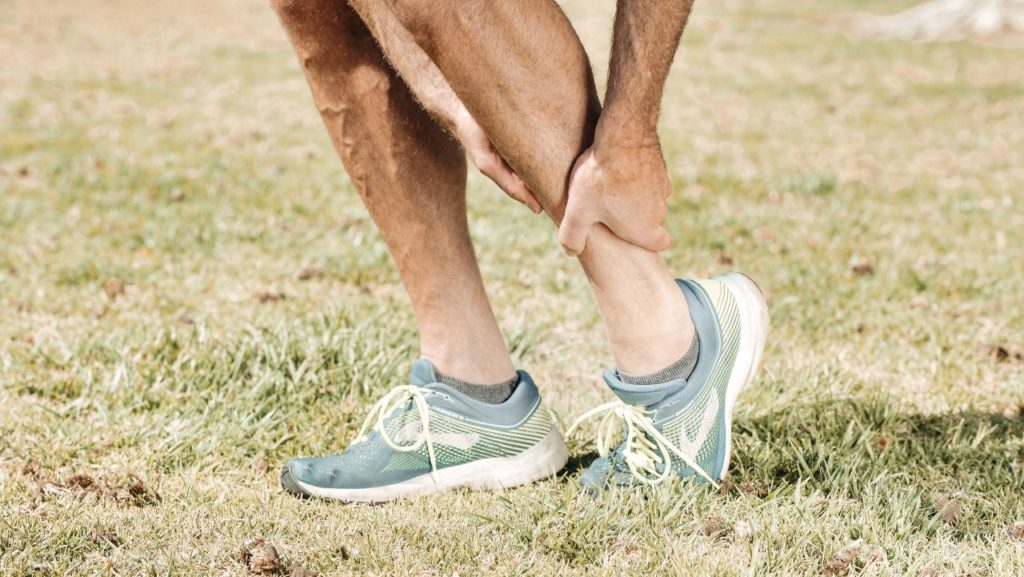Riddle time: What’s hot, swollen, and red all over? No, it’s not your old boss or that ex you’d like to forget. It’s a condition called gout.
What is Gout?
Gout is a type of inflammatory arthritic condition that occurs in a joint in your foot, most frequently the big toe joint. It can occur in other joints, but it has been known to occur most frequently in the great toe joint. Most patients with this condition either have an existing history of gout or have a family member with the same condition.
So why does this happen?
When you break down the food you eat, purines create a byproduct called uric acid. Uric acid builds up in the body, either by way of your body overproducing uric acid, possibly from your diet or by under-excreting uric acid possibly due to a kidney condition. Both situations are cases that lead to there being too much of it in your body. The build of uric acid, once it crystallizes and settles in your joint, causes pain and irritation.
What should I be looking for?
One of the biggest indications that you might have gout is when you have a bright red, swollen, and painful big toe that occurs suddenly without warning and without any incidence of trauma. Usually, the pain is elicited by either touching it, rubbing in your shoes, or with walking.
How do I know for sure I have gout?
The gold standard for diagnosing gout is to have a podiatrist draw fluid from the joint, or aspirate, wherein the sample is sent to a lab that checks for the presence of urate crystals. Another test that can be done is a blood test to check for the uric acid level as well as creatinine.
This blood test is not definitive however since having a normal uric acid level does not absolutely rule out gout. This diagnosis is made in combination with the aforementioned tests as well as a clinical exam and patient history.


How to treat Gout
Sometimes gout can subside just by leaving it alone. However, in most cases, treatment is required in order to control the symptoms and prevent recurrence:
- Cortisone injections can be administered to control the amount of pain in the area and alleviate some of the inflammation. Whether or not you need a cortisone injection should be discussed with your doctor who will review all of its risks and benefits.
- Change your diet. Things like alcoholic drinks, red wine, red meat, seafood, and sugary sodas can have purines or high fructose content which can precipitate a gouty event. Your diet should consist more of water, coffee, milk, cherries, and vitamin C which can help prevent gout from occurring.
- Oral medication is recommended if the symptoms are moderate to severe or have been a chronic condition. Over-the-counter anti-inflammatory drugs may help, however, in most cases medication such as colchicine, allopurinol, indomethacin, methylprednisolone, etc can be prescribed depending on the severity and longevity of your symptoms.
Make an appointment with us today and speak to our team of doctors at Advanced Foot Care with offices all over Long Island to see what treatment is best for you!





